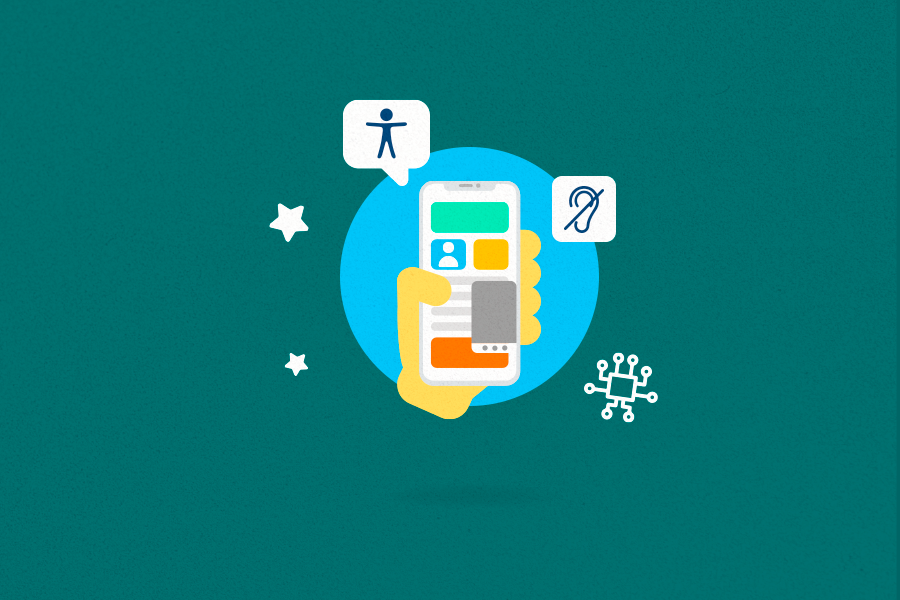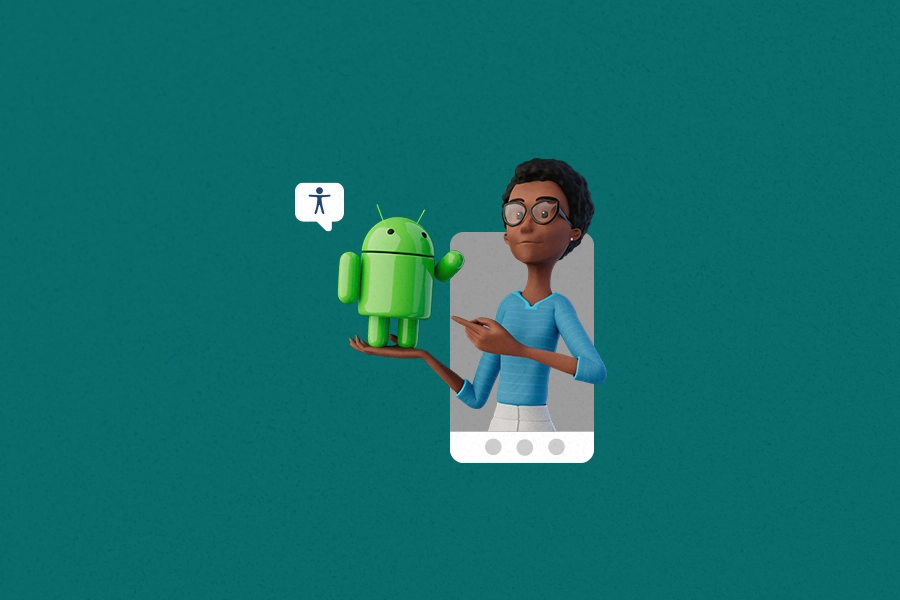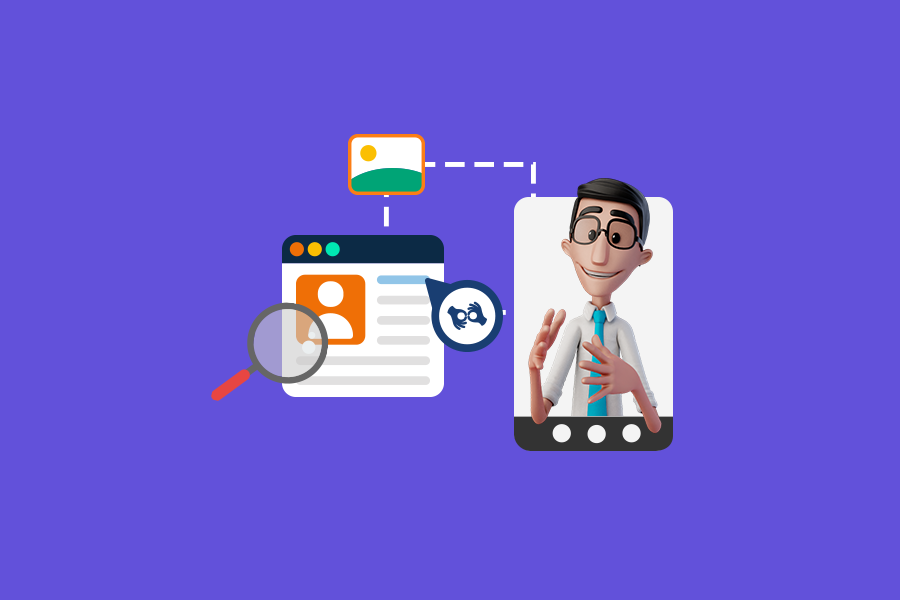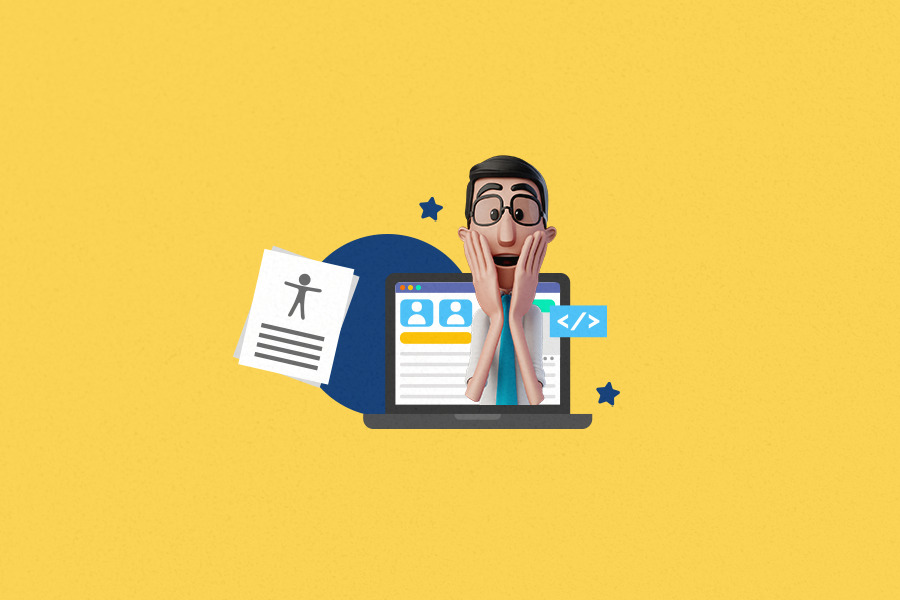
Assistive technology for deaf users: what is it and some examples

Many people believe that “assistive technology for the deaf” necessarily involves the digital world. In fact, it is the term that defines all resources or services created to make life easier for deaf people. As well as access ramps on the streets and elevators at subway stations, that help people in wheelchairs.
Here in this post, you will find out everything you need to know about assistive technology for the deaf and hard of hearing!
What is assistive technology for the deaf?
First of all we need to contextualize the deafness reality in the United States. According to the CDC (2020), the American population is made up of over 61 million deaf adults. Also, according to the World Federation of the Deaf (WFD), 80% of deaf people are illiterate or semi-literate, and lack education or are undereducated. Therefore they have Sign Languages as their primary language.
“Assistive technology for the deaf” is the term that defines all accessibility tools developed to make life easier for these people. They promote more autonomy in carrying out their activities, that would involve sounds or dialogs with hearing people that do not speak their language.
For example, for a deaf mother or father to be able to be in the living room and receive a notification on their phone warning them that their baby is crying in the bedroom. Or for a deaf person to be able to participate in a videoconference with hearing people for a work meeting.
Or even for a deaf person that communicates only in ASL (American Sign Language) to be able to access text contents available on the internet. Assistive technology for the deaf is important to break down these and other countless accessibility barriers that are present everywhere.
Are assistive technologies for the deaf required by law?
Yes! Access to assistive technology for the deaf is a right, assured by the Assistive Technology Act of 2004. This means that every US state and territory is provided federal funding to support “state efforts to improve the provision of assistive technology to individuals with disabilities of all ages through comprehensive statewide programs of technology-related assistance”.
On top of that there is the ADA (Americans with Disabilities Act). It mandates accessibility for people with disabilities in public facilities, employment, state and local government services, transportation and communication.
Even with an increase in surveillance, fines and other sanctions that companies and public institutions can suffer if they do not provide assistive technology for the deaf, we are still far away from the ideal situation.
What is the importance of assistive technology for the deaf?
It is important so these people can live in a mostly hearing world and still perform their duties with freedom, without relying on their friends and family.
Assistive technology for the deaf promotes equity. It provides the useful tools for them to be included in society in a fair way. As in a job interview with a deaf person, the correct thing to do is ask them which is the ideal accessibility resource to use for the meeting to proceed smoothly. In many cases, having an ASL interpreter present can be necessary, for example.
What are some examples of assistive technology for the deaf?
Some practical daily solutions are:
- Alarm clocks that instead of playing loud noises, they vibrate to wake them up at the scheduled time;
- Hearing aids;
- Notifications with flashes and lights instead of sounds;
- ASL interpreters and translators.
There are also numerous other innovative assistive technology tools for the deaf, that are making a difference in many people’s lives, such as:
App ChatterBaby™
Identifying a baby’s cry is already a challenging task for hearing parents, but it can be even more challenging if you have some degree of hearing loss, right? With that in mind, UCLA came up with an app solution that, with the use of Artificial Intelligence, can predict with a 90% accuracy the reason why a baby is crying. It is already available for downloads at Play Store and Apple Store.
Hand Talk
Hand Talk has two assistive technologies solutions for the deaf:
The first is an app that works as a pocket translator. With the use of Artificial Intelligence, it translates English to ASL and Portuguese to Libras (Brazilian Sign Language). You can start learning these languages, by practicing with the friendly virtual translators, Hugo and Maya. Find out more and download the app for free in your app store.
The other is an Accessibility Plugin that translates text contents (in English) in websites to ASL. This allows people who communicate in this language to be able to navigate the web with more autonomy. The good news is that it is coming soon to the USA!
Aside from it being good for the institution’s image, using the tool reinstates the inclusive value and begins to communicate with an audience that was not prioritized before. And still complies with some accessibility requirements of the law, avoiding fines.
Hand Talk has been breaking down communication barriers between deaf and hearing people for over 10 years in Brazil, and already has more than 1 billion translated words.
Live Transcribe
Available only for free downloads on Android, the app transcribes audio in over 70 languages. The app’s goal is to make daily conversations and nearby sounds more accessible for deaf and hard of hearing people. The tool also allows for sound captures such as “slamming door”, “person sneezing”, and others.
AVA
Similar to the one previously mentioned, AVA is also an app and performs transcriptions from audio to text. The idea is to enable deaf and hard of hearing people to participate in conversations with hearing people, keeping up with each person’s speech through texts without the need for lip reading.
The app also allows users to sign up and for each person’s voice to be recognized in group conversations, that are transcribed for the app that works as a sort of chat. The idea is to have accessibility 24 hours a day with the click of a button!
It is important to note that the deaf community is very diverse and that not all people are fluent in written languages. But the app is a good alternative for deaf people that speak English, instead of ASL.
Assistive technology for the deaf: how to put it into action?
If you are not a deaf or hard of hearing person, does not own any establishments or websites, and does not even have any plans of becoming an expert in developing accessible products, know that you can begin to make the difference in your workplace and social group everyday.
It is essential that everyone becomes an ally of this cause. We must raise awareness for accessibility in their social environments and especially in the organizations they work at. That is the only way that institutions will start prioritizing matters such as diversity and inclusion of people with disabilities in their businesses.


